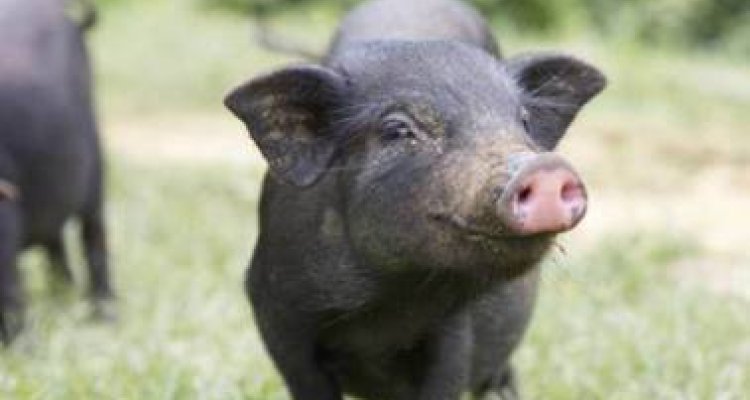
Project
Aroma compounds characterization of Tibetan pork
Tibetan pork is known for the unique meat quality attributes linked to its high-altitude geographical origin. These credence attributes add value to the product and allow for it to be sold at a premium price, while it also increases the vulnerability to food fraud for raw and processed Tibetan pork products (Han, Zhang, Fauconnier, & Mi, 2020). Some producers use this opportunity to sell lower priced pork as indigenous Tibetan pork or mislabel their origins, which lead to economic and confidence losses in the added value pork market (Mi et al., 2019). Therefore, it is necessary to ensure the authenticity of indigenous Tibetan pork.
Aroma is a very important component of the pork meat quality for consumers that can be used to distinguish Tibetan pork. Aromas are produced by many volatile compounds and the precursors in raw meat are involved in the chemical reactions, leading to the characteristic aromas of pork (Tu, Wu, Tang, Ge, & Zhan, 2021). The precursor discrepancy and various cooking methods would both influence the characteristic aroma formation. Nevertheless, how these potential aroma markers of Tibetan pork generated and influenced by intrinsic or extrinsic factors and their specific formation pathways/mechanisms have not been investigated.
Aim
The aim of this topic is to characterize potential markers of volatile compounds and precursors of Tibetan pork in comparison by other commercial pork, to investigate various intrinsic and extrinsic factors that affect the aroma formation and elucidate the generation pathways.
Approach
The precursors in raw muscles and volatile compounds of cooked Tibetan pork and commercial pork would be compared; The changes in precursors and volatile compounds formation during different cooking process would be investigated; The dynamic change of lipidomic and proteomics molecules would be elucidated and linked to aroma formation.
References
1. Han, D., Zhang, C., Fauconnier, M. L., & Mi, S. (2020). Characterization and differentiation of boiled pork from Tibetan, Sanmenxia and Duroc × (Landrac ×Yorkshire) pigs by volatiles profiling and chemometrics analysis. Food Research International, 130.
2. Mi, S., Li, X., Zhang, C. H., Liu, J. Q., & Huang, D. Q. (2019). Characterization and discrimination of Tibetan and Duroc × (Landrace × Yorkshire) pork using label-free quantitative proteomics analysis. Food Research International, 119, 426-435.
3. Tu, T., Wu, W., Tang, X., Ge, Q., & Zhan, J. (2021). Screening out important substances for distinguishing Chinese indigenous pork and hybrid pork and identifying different pork muscles by analysing the fatty acid and nucleotide contents. Food Chemistry, 350.